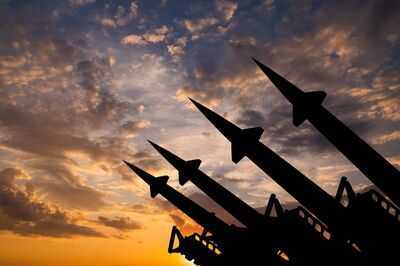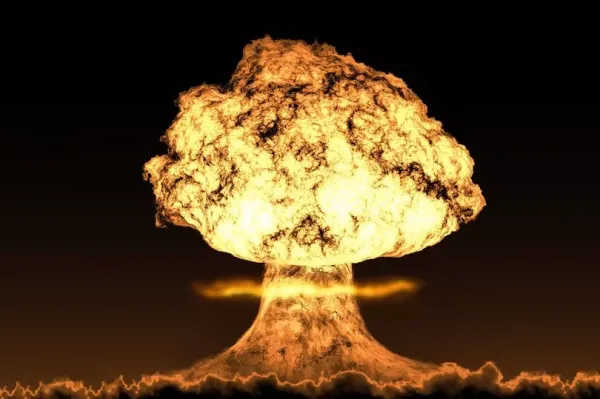
As tensions skyrocket between Iran and Israel, fears of a global conflict that could tip into World War III are mounting.
In response to the growing hostilities, the US has launched military strikes on Iranian nuclear facilities with massively potent 30,000-pound bunker-buster bombs. These aggressive moves, coupled with Israel's air operations targeting Tehran, have propelled regional tensions to a breaking point while global apprehension escalates.
At the same time, Russia's ongoing conflict in Ukraine deepens as President Vladimir Putin calls in reinforcements from North Korea.
In view of potential dangers, peace organisations are pinpointing certain countries that might act as havens due to their geopolitical stances, nonaligned military postures, and overall stability. Although no country is considered completely safe, New Zealand, Iceland and Switzerland are all developed nations believed to be least likely to be hit by nuclear weapons in case of WW3.
READ MORE: Exact amount of food and water you need if WW3 breaks out as Brits 'must prepare'
READ MORE: WW3: UK 'woefully lacking' missile defence with no 'Iron Dome' and warships at sea
They're also circulating guidelines to help people prepare for the worst-case scenario of a nuclear strike.
To quote the International Commission on Radiological Protection (ICRP), "adequate preparation and appropriate response to a nuclear alert or detonation can protect you and your family's health and life.", reports the Mirror US.
 What is the first action to take in a nuclear attack?
What is the first action to take in a nuclear attack?
Assuming you were not close enough to the explosion to immediately die, for continued survival in the critical moments following a nuclear blast, the ICRP stresses that "the best way to protect you and your family before, during, and after a nuclear blast is getting inside the center of a building or basement."
After a blast, you should aim to find safe shelter within 10 minutes before fallout begins. If you can get to a multi-storey building or basement swiftly after the explosion, do so without delay.
The safest structures are those made of brick or concrete. Underground car parks and tube stations also provide good protection.
What happens if I've been exposed to fallout?If you suspect you've been exposed to fallout, take off outer layers of clothing and shoes that may be contaminated. Cleanse or wipe down exposed skin and hair thoroughly.
If you have pets that might be contaminated, brush them in a separate room away from people and wash them if possible.
How will I know what is happening in the outside world?The ICRP also advises that within 24 hours post-detonation, tune into any accessible media, such as AM/FM stations using a battery-powered radio, for updated instructions and clear signals. "Stay inside unless instructed otherwise," the website states.
They advise: "Remain in the most protective location (basement or centre of a large building) for the first 12 – 24 hours unless threatened by an immediate hazard (e.g., fire, gas leak, building collapse, or serious injury) or informed by authorities that it is safe to leave."
Should I flee the fallout zone?Self-evacuation should only be considered once hazardous fallout zones are clearly identified and secure evacuation routes are established. In the meantime, essential workers may be allowed to leave shelter temporarily to carry out vital support and life-saving tasks.
What is a nuclear explosion actually like?Knowing the dangers of a nuclear explosion can guide you to take swift and sensible actions for your safety. A bright flash that can be seen 10 km away is a sign of a nuclear blast.
Straight after, a fireball emits thermal pulses lasting seconds, leading to burns, injuries, and setting materials like plants and wood on fire several kilometres from the explosion.
The fireball and shock wave can wipe out city blocks and damage buildings kilometres away, with flying debris posing risks. Initial radiation may injure or kill those outdoors within a few kilometres.